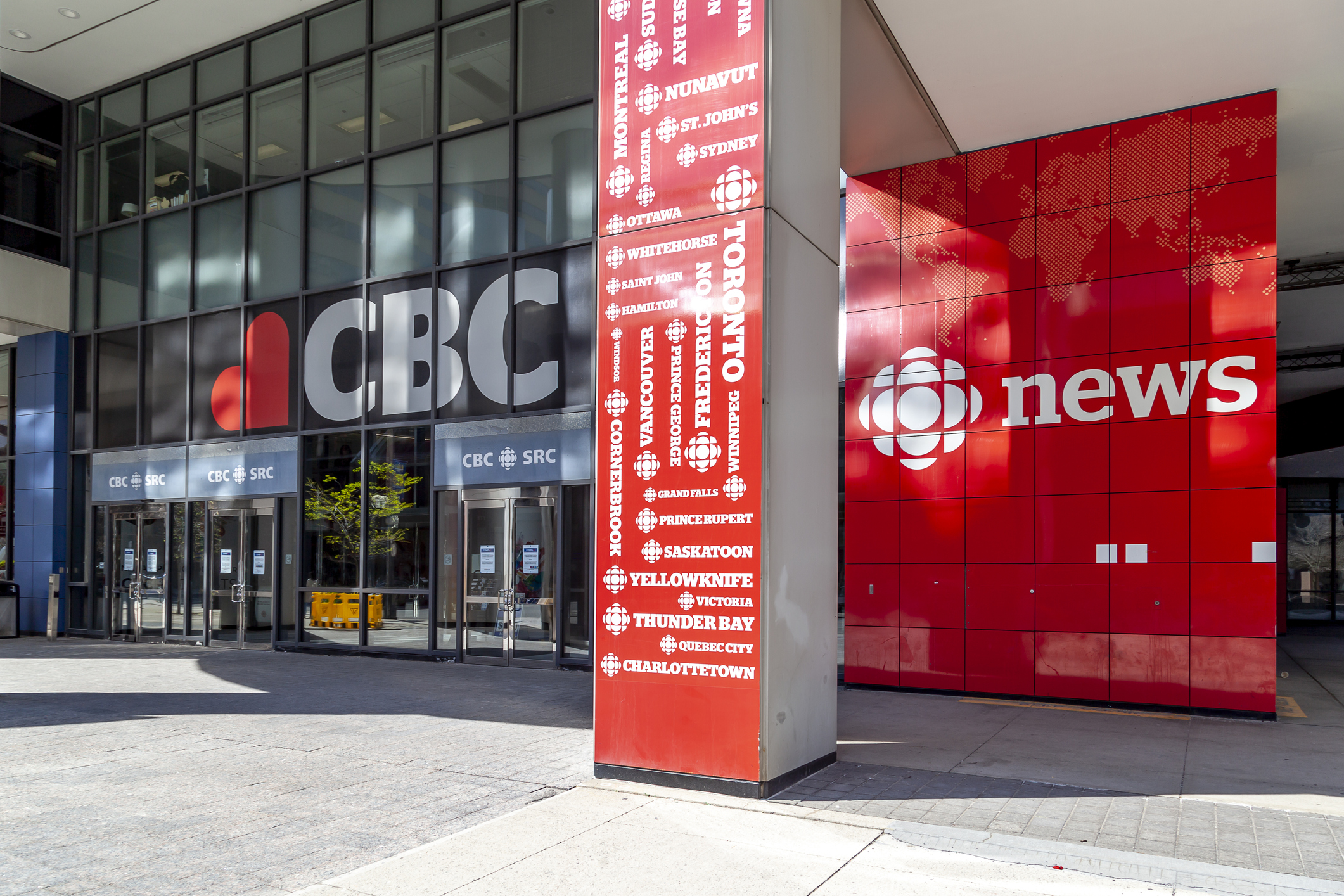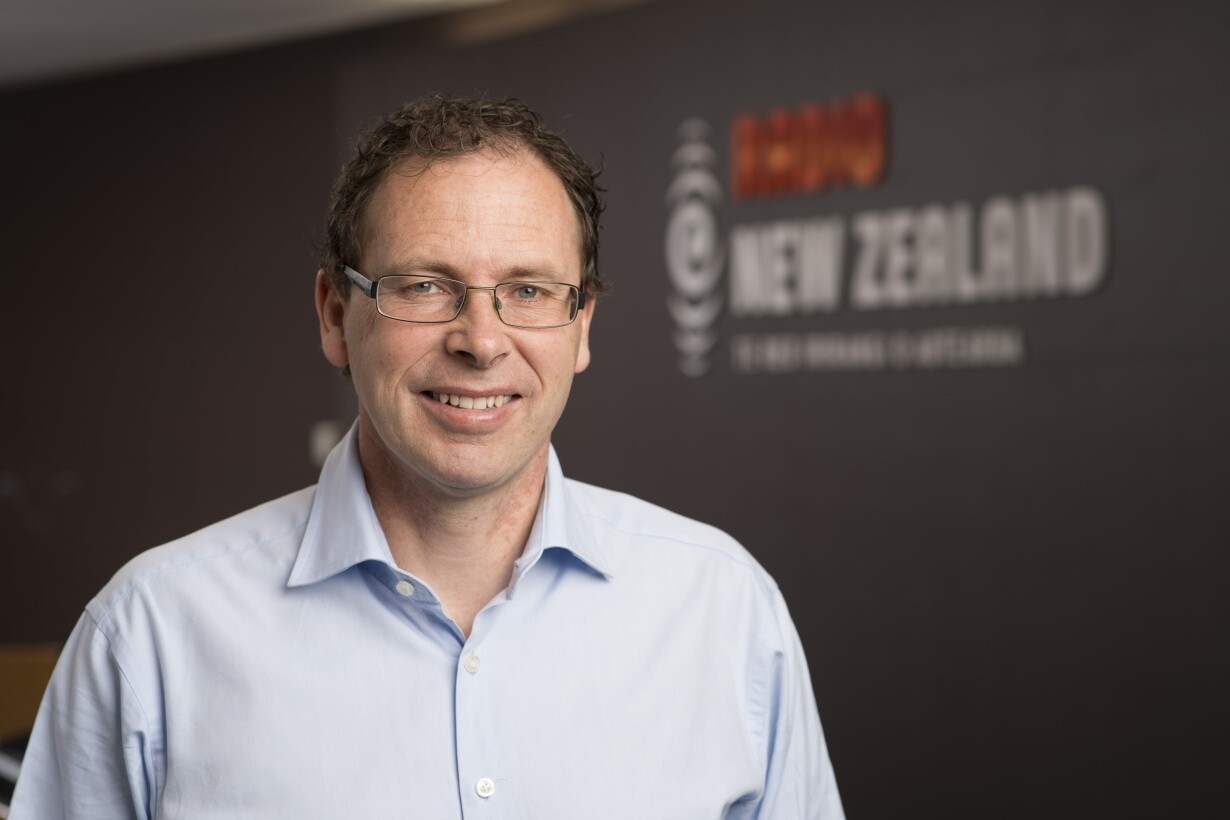COVID-19 has been described as an “extinction-level crisis” for some media organisations, with serious implications for media pluralism. But there is hope, as initiatives in the US, Australia and Canada show.
By Aurora Herrera
“If we haven’t considered it yet, the recent round of lay-offs coupled with the decision of one daily newspaper to outsource its printing confronts us with the question of how deep a cut must the media industry sustain before it hits the artery to the beating heart of press freedom.” – Sunity Maharaj, Trinidad Express
Unfortunately, these sentiments echo the concerns of media professionals around the world. Before the coronavirus pandemic, the global media industry was already facing precarious circumstances. From co-option and media capture in Eastern Europe to public media funding cuts in the USA to police raids on media houses in the Caribbean and Australia to the detention and jailing of journalists in the Middle East and Pacific, the outlook for the media was and is bleak.
Now with COVID-19, which has been described as an “extinction-level crisis” for many media outlets, financial pressures have been exacerbated. As the income from advertising dries up and outlets shrink their budgets as well as their staff numbers, the impact of COVID could have serious consequences for the plurality of voices in the media and in turn, democracy.
Hope in unity
However, several media houses are maintaining pluralism within their communities and countries by showing solidarity in a very real and tangible way. Public and private media companies are engaging in collaborations and partnerships, finding ways to work together and show support.
According to Stefanie Murray, director of the Center for Cooperative Media in the United States, collaboration is key because media outlets “can better support each other, avoid duplication, diversify our coverage, amplify each other’s work and expand our own reach.”
Murray identified several projects across the United States that were engaging each other in this way and maintaining plurality.
In Oregon, “more than a dozen news organisations agreed to share and cross-promote COVID-19 coverage,” she said, including KGW-TV, Oregon Public Broadcasting and Oregon Public Broadcasting.
Murray also identified Side Effects Public Media and Indiana Public Broadcasting as two of the stations developing a COVID-19 series looking at the impact of the virus on “schools, senior centres and churches” as well as a Midwest COVID-19 round up. The two stations also work with partner stations based in Kentucky, Ohio, Indiana, Illinois, Iowa, and Missouri.
Intervention
In April, the Australian government put forward a $50 million bailout package as a sign of support for the media industry to help assuage the burden of the pandemic and maintain the multiplicity of voices. The Sydney Morning Herald also reported that spectrum fees would be waived which offers “$41 million worth of financial relief” and television broadcast content obligations are to be suspended. The move, labelled the Public Interest News Gathering programme, came one day after Australian Community Media announced that they would be suspending the publication of all non-daily papers.
Even though critics argued that $50 million is not enough, Communications Minister Paul Fletcher emphasised that the measures are meant to provide “urgent short-term support”.
In July, the Australian government announced that Facebook and Google would be required to compensate media outlets for their news content. The decision was taken with the same aim of the bailout; to help ease the burden of the loss of advertising revenue.
However, in terms of maintaining pluralism, there are two public media entities being overlooked. Within this arrangement, ABC and SBS have been excluded from the bargaining table. In August, Rod Sims chairman of the Australian Competition and Consumer Commission (ACCC) said that the decision on whether to include the two companies was one for the government.
“We just felt it was an area that was really complicated so we stayed out of it. And of course, if the platform’s got more money, there was nothing to stop the government from taking it off them,” Sims said. “This whole notion of do you want the public broadcaster influenced by commercial payments…is why I can sort of understand why the government’s gone where they’ve gone.”
ABC’s public submission argued that if revenue was being made from its own news content on these platforms, their company had a “legitimate interest” in making sure that that revenue was put back into its own journalism.
The broadcaster also argued that “exclusion of the ABC from this aspect of the Code could have the unintended consequence of compromising the effectiveness of the regime, by distorting the playing field in the market for public-interest journalism.”
SBS expressed disappointment at the exclusion saying, “Nearly a third of our funding comes from commercial sources, so it is appropriate that Google and Facebook contribute to investment in our valued news content, which benefits all Australians.”
The ACCC is still negotiating with Facebook and Google. Notwithstanding the outcome with ABC and SBS, the steps could go some way towards ensuring pluralism is upheld by garnering alternative financial support for local journalism in Australia.
Beyond Unity
Media pluralism manifests on a number of different levels, including accessibility, the diversity of content, funding and economic models as well as through gender and ethnic diversity.
CBC/Radio-Canada has published data from their diversity and inclusion plan, their methodology and results available for all to see on their website. The corporation, which is committed to “ attracting, recruiting and developing a diversified workforce and that we foster an inclusive workplace culture,” has measured how many indigenous peoples, members of visible minorities, persons with disabilities, women and LGBTQ persons have been recruited, represented across the company as well as the roles they hold. These statistics are measured against CBC/Radio-Canada’s diversity and inclusion mandate and action plan, which includes goals such as, “Increase awareness and visibility of diversity and inclusion activities”, “Develop leadership capability of high potential” and “Higher employee engagement for people with disabilities”.
The media organisation also made a new diversity commitment last year. CBC/Radio-Canada announced that “by 2025, at least one key decision-making creative role in all English- and French-language scripted and factual commissioned programs will be held by a person from a diverse background”.
CBC/Radio-Canada is a great example of how public broadcasters can contribute to pluralism through diversity and inclusion based on solid statistics that reflect the society they operate within.
Canada also focused on its local journalism community as it launched Local News Matters last month. The project is a “first of its kind” directory of media outlets spanning the entire country. It is aimed at helping Canadians find out who their local media are, how they serve the community and also how Canadians can support these organisations in turn.
President and CEO of CBC/Radio Canada, Catherine Tait, echoed the need for pluralism as a key element of a healthy democracy.
“Now more than ever, Canadians need access to a variety of credible news sources. Having a strong media ecosystem with a diversity of voices is essential to the health of our democracy,” she said. “I encourage Canadians to support local media in their community.”
As COVID-19 surges on, its impact on the financial viability of trusted public service and public interest media organisations poses a direct risk to democracy. Ensuring the availability of a plethora of perspectives, voices and opinions in the media is paramount to maintaining effective and informed democracy. While it’s encouraging to see organisations collaborating, more support is needed to ensure that citizens have access to a diversity of quality news and information sources, both during the pandemic and beyond.
Header Image: TV cameras lined up, covering large public event. Credit: Microgen/istock
Related Posts
11th November 2020
Insight | What CBC’s newsrooms are doing to deliver on pledge to improve diversity, inclusivity
Half a year has passed since killing of…



